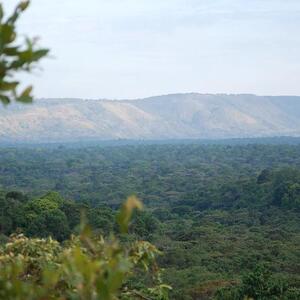The erstwhile Western Province had been subdivided into several counties under the devolved system of government. The Western Province of Kenya, now divided into various counties, features fertile agricultural lands and cultural diversity with ethnic groups like the Luhya and Luo. Economic activities include agriculture, fishing in Lake Victoria, and tourism attractions such as Kakamega Forest. Challenges include poverty and the need for sustainable development. Geography: The Western Province, now represented by various counties, is located in the western part of Kenya and is known for its diverse landscapes. It includes areas of fertile agricultural land, rainforests, and parts of the Lake Victoria basin. Counties: Some of the counties that were part of the former Western Province include Kakamega, Bungoma, Busia, Vihiga, and parts of Kisumu and Siaya. Each county has unique characteristics, cultural heritage, and economic activities. Population and Culture: The Western region is home to various ethnic groups such as the Luhya, Luo, Teso, and Abaluyia. These communities have rich cultural traditions, languages, and practices that contribute to the region's cultural diversity. Economic Activities: Agriculture is the main economic activity in the Western Province, with crops like sugarcane, maize, tea, coffee, and vegetables being grown. Livestock farming, fishing in Lake Victoria, and small-scale industries also contribute to the economy. Transport and Infrastructure: The region is well-connected by road and has railway links, enhancing transportation and trade. Infrastructure development includes schools, healthcare facilities, and water supply systems to improve living standards. Tourism: The Western region has tourist attractions such as Kakamega Forest, known for its biodiversity and eco-tourism opportunities. Lake Victoria offers fishing activities and scenic views, attracting visitors interested in water-based activities. Challenges: The



